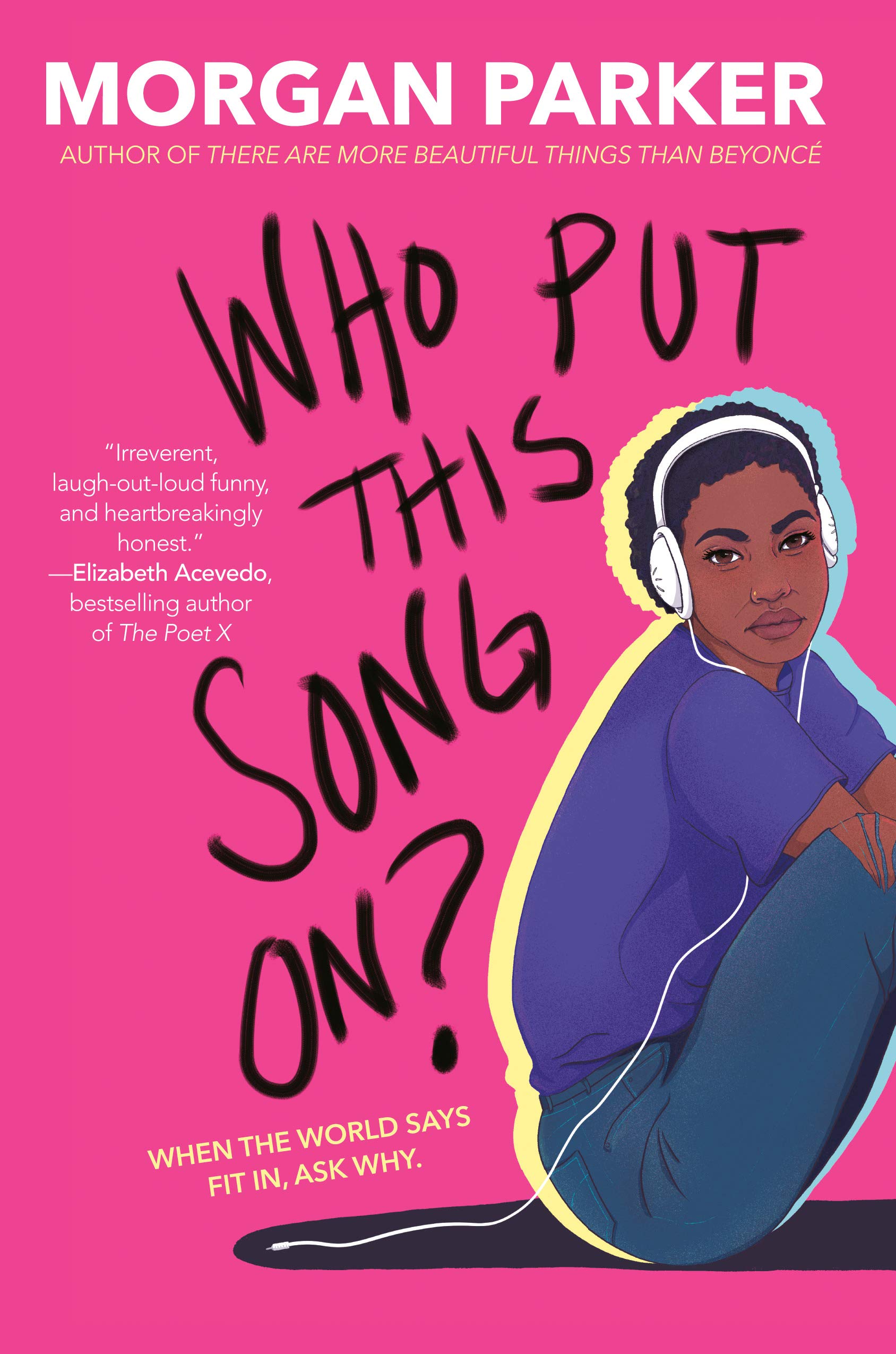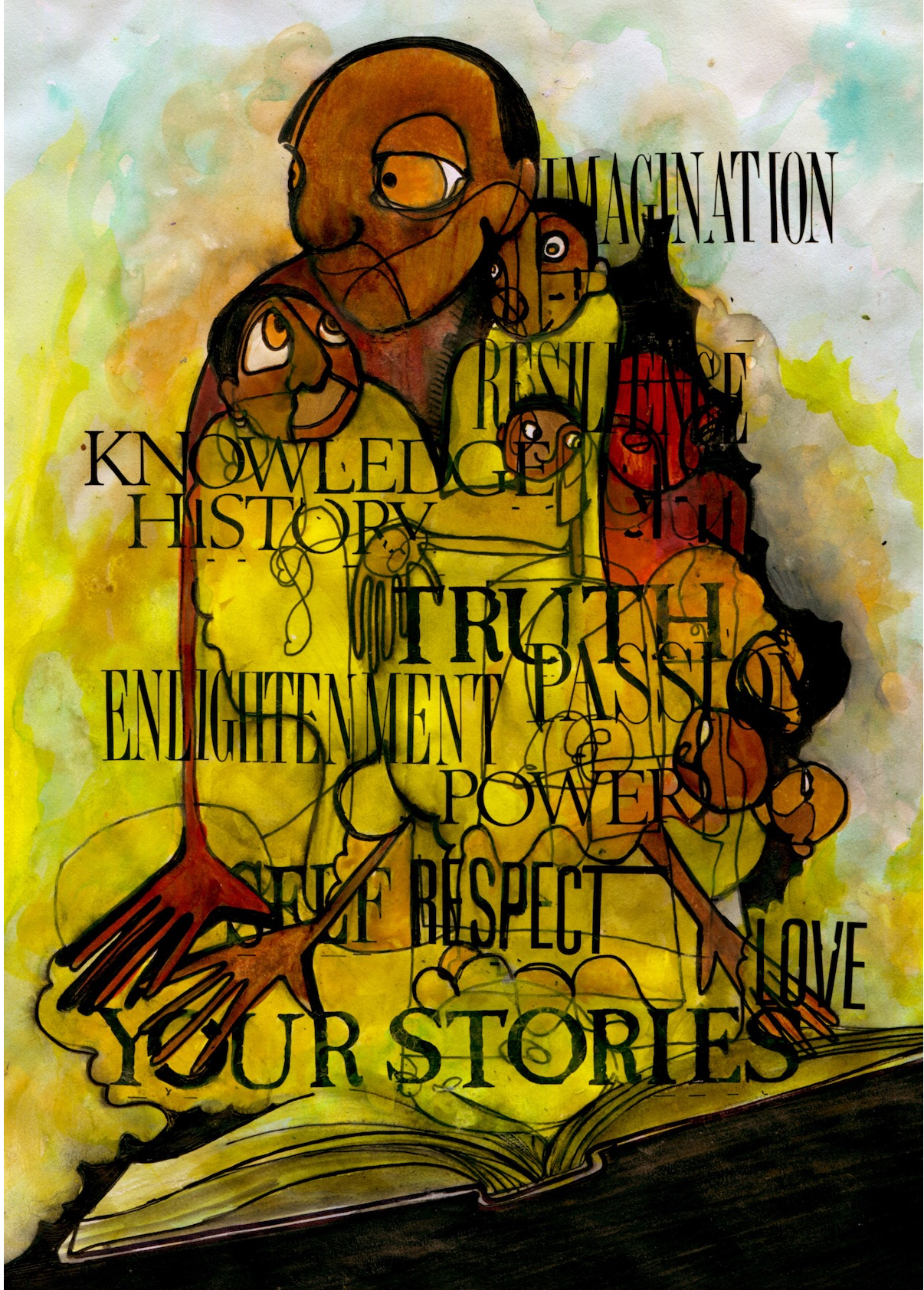“Who Put This Song On?” Is a Heartfelt Exploration of Identity and Mental Health
Due to my intensely personal experience with depression, I was really interested in Morgan Parker’s semiautobiographical debut young adult book, Who Put This Song On?
Set in 2008 in a conservative Southern California town, the book follows the story of Morgan Parker, who is told depression is something that happens to people who lack faith, and that her Blackness shouldn’t be mentioned too much. Following a mental health crisis, Morgan decides to figure out who she is. Armed with an expansive soundtrack of mostly 2000s emo music, Morgan examines herself and everything she has been told in order to find out who she wants to be.
Armed with an expansive soundtrack of mostly 2000s emo music, Morgan examines herself and everything she has been told in order to find out who she wants to be.
One of the things I immediately liked about the book was the voice of Morgan Parker’s teen self. She sounds tired, but also curious and resilient. She has hit rock bottom, but she is willing to climb out of the hole depression caused her to fall into. Above all, Parker’s teen self has a voice filled with hard-won clarity that results in honest observations about her mental health, her identity, and the world around her.
Morgan’s teenage voice is enhanced with diary entries, emails, and a Yellow Notebook in which she and her friends write about their exploits in sex, romance, and crushes. One of my personal favorite lines is, “I have no idea if I have the hypothetical and figurative balls to be a Black Panther or actual Rosa Parks… sometimes I don’t even know if I want to keep being alive. But as long as I’m here, and I’m me, I will definitely be intense, ridiculous, passionate, and sometimes hilarious.”

In addition to Morgan herself, the secondary cast of characters is also worth mentioning. There’s her white best friends Meg and James, her Black love interests David Santos and Sean Santos-Orenstein, the racist history teacher Mr. K, and Morgan’s family. All of these characters affect Morgan both positively and negatively, and the nuanced way they are presented adds depth to the narrative. At one point, Meg has to be called out by Morgan when Meg says, “You’re not really Black,” even though Morgan considers Meg a friend.
It’s worth noting, too, that the way Morgan is treated by her small town and family is influenced by mental health stigma, her religiously conservative community, and the 2008 political climate. To her white peers and white adults, Morgan is expected to be excited at the possibility of a Black president as well as an authority on Black history, even as she is asked not to bring up her Blackness too much.
Moreover, Morgan’s family alternates between treating Morgan like a difficult, fragile person to be around and treating her as someone who is trying her best to live. They know Morgan is going through a difficult time, but they don’t quite understand it. They let Morgan see a therapist and help her get access to antidepressants, but they also try to avoid the issue and frequently blame Morgan herself until they realize their mistake.
“I have no idea if I have the hypothetical and figurative balls to be a Black Panther or actual Rosa Parks… sometimes I don’t even know if I want to keep being alive. But as long as I’m here, and I’m me, I will definitely be intense, ridiculous, passionate, and sometimes hilarious.”
Still, there are characters in the book who are more sensitive toward Morgan’s mental health issues and open-minded about her questioning of religion, Blackness, and her place in the world. Cousins David and Sean Santos fill this role as both love interests and new friends. When David first meets Morgan, he helps her through a panic attack, and they talk about their favorite movies. Both David and Sean are notable for being presented as added emotional support, rather than cure-alls for Morgan’s depression.
Finally, the music references are a fun bonus throughout the book. Although I was only familiar with one or two of the artists, it was nice to see a Black girl coping with her depression through emo music without anyone giving her a hard time about it. Seeing so many different 00’s emo music artists mentioned rang true to my own experiences of my teens and early twenties.
In the end, this book was a heartfelt exploration of identity and mental health. Who Put This Song On? shows that you don’t have to let your mental illness or other people determine who you can be, even if you’re tired of fighting. By questioning what you are taught and forming your own sense of self, you can change your personal potential for the better.

The Afro YA promotes black young adult authors and YA books with black characters, especially those that influence Pennington, an aspiring YA author who believes that black YA readers need diverse books, creators, and stories so that they don’t have to search for their experiences like she did.
Latonya Pennington is a poet and freelance pop culture critic. Their freelance work can also be found at PRIDE, Wear Your Voice magazine, and Black Sci-fi. As a poet, they have been published in Fiyah Lit magazine, Scribes of Nyota, and Argot magazine among others.

Top photo by insung yoon on Unsplash
